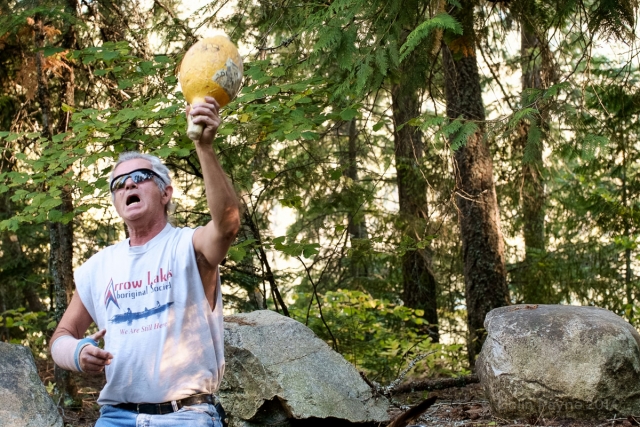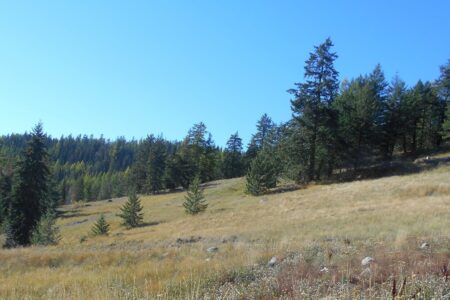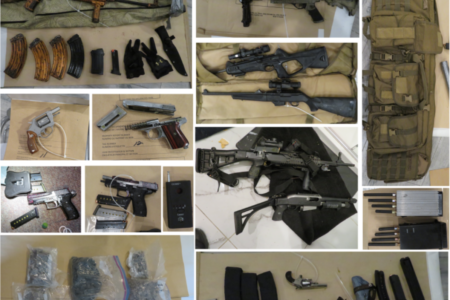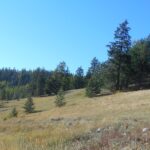10,000 Year-Old Sinixt Remains Reburied in the Slocan Valley
Recently, a group of First Nations people gathered near the banks of the Kootenay River to rebury the 10,000 year-old bones of a Sinixt ancestor, after the remains were exposed earlier this year.
The ceremony took place last week.
A walker in the Slocan Pool area found the remains in February, which were turned over to police and then sent to the coroner in Burnaby before being shipped to the BC Archeological branch.
The branch then notified 17 different First Nations of the find to determine to which they belonged, and the remains were determined to be Sinixt.
Because the Sinixt have been considered extinct in Canada since 1956 the task of reburying the remains went to the Okanagan Nation Alliance, and the Sinixt or Arrow Lakes Tribe of the Confederated Tribes of the Colville Reservation (CTCR) from Washington – which includes between 2,000 and 3,000 Sinixt people who were pushed south and forced to remained there after the Canada/U.S. border was drawn in 1846.
A group from the Colville Tribes including youth and many elders crossed the border and joined members of the Okanagan Nation Alliance (ONA) for the site preparation and burial of the remains earlier this week.
Representatives of Columbia Power, the owner of the Slocan Pool land, were also on hand to help support the First Nations in the reburial. Members of the Ktunaxa Nation and local Sinixt also joined in the ceremonies.
On the Monday evening a group of about 30 people gathered as shamans and elders blessed the site with sage and tobacco in preparation for the burial the following day. They then visited the site where the remains were found and decided where they would be reburied.
The following morning the bones were transported to the site down the forest path by a drumming, singing procession carrying the 10,000 year-old remains of a Sinixt woman in a box wrapped in a colourful blanket. As the sun rose, the bones were carefully laid to rest in a hole dug in the rocky forest floor, wrapped with buckskin on a bed of spruce boughs, via a solemn ceremony led by an elder.
Sinixt Nation spokesperson Marilyn James attended the ceremony but chose to sit back along with a few others and pay witness to the burial from a short distance away because they were unhappy with the decisions made around the burial of the remains.
The local Sinixt Nation was kept informed throughout the process of repatriating the bones, but was not consulted about the reburial because the provincial and federal governments don’t recognize the group due to the extinct status of the Sinixt in Canada.
The area where the remains were found was historically a fertile summer fishing grounds for First Nations, and bones were found previously in the area in the 1970s.
Those bones were kept at Selkirk College for years before being given to the Sinixt for repatriation to the burial grounds in Vallican, where the Sinixt have reburied a total of 64 ancestral remains over the past 25 years.


























